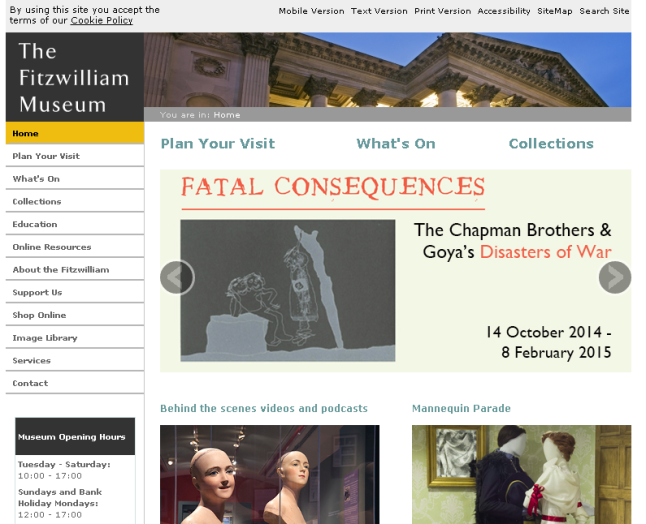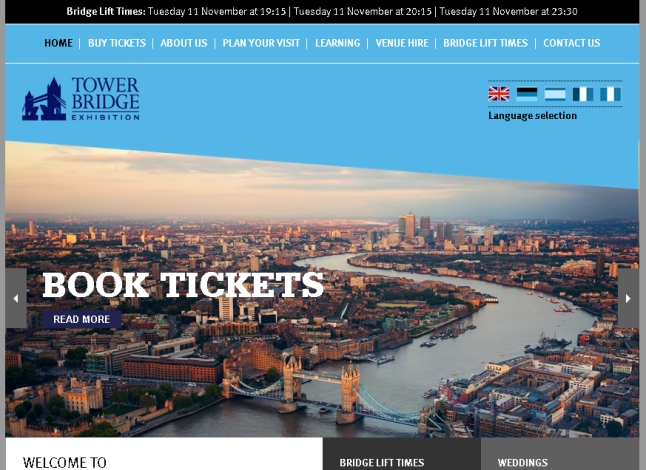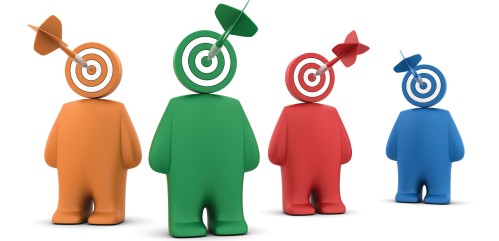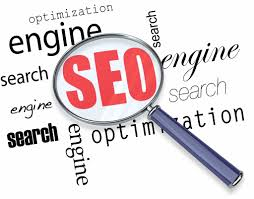 Search engine optimization is a way used to make web pages more useful to customers by making them more transparent and understandable to search engines. There are rules that have to be followed in order to get more views on Web site and make it rank highly in search engine results:
Search engine optimization is a way used to make web pages more useful to customers by making them more transparent and understandable to search engines. There are rules that have to be followed in order to get more views on Web site and make it rank highly in search engine results:
Writing Strong Content
search engines want to provide links to relevant pages so they constantly read and review the content of Web pages to make sure that it really is about what you say.
Valid HTML
Having valid HTML is often forgotten or ignored by many developers. And when it comes to SEO it is very important to have our code valid. There are few websites which might help validate html code, for example:
http://www.validome.org
http://www.validator.w3.org
Finding Good Keyword Phrases
Instead of trying to come up with every keyword phrase possible. Every Web developer should focus on one or two phrases that really describe what the page is about and then make sure that the content, headlines and links within the page have these phrases repeated.
Loading Times
From now on Google has included loading times in the algorithm for desktop and mobile web sites.
Apart from these listed above, Google offers variation of tools that can improve websites so they can rank higher in search engine results.
There are three specific tools that I will be looking more into, and these are:
Page speed tools
“Fast and optimized pages lead to higher visitor engagement, retention, and conversions. The PageSpeed family of tools is designed to help you optimize the performance of your website. PageSpeed Insights products will help you identify performance best practices that can be applied to your site, and PageSpeed optimization tools can help you automate the process.”
Webmaster tools
“it is a free service offered by Google that helps you monitor and maintain your site’s presence in Google Search results. You don’t have to sign up for Webmaster Tools for your site to be included in Google’s search results, but doing so can help you understand how Google views your site and optimize its performance in search results.”
Google correlate
In most simplistic words – “Google Correlate finds search patterns which correspond with real-world trends. ”




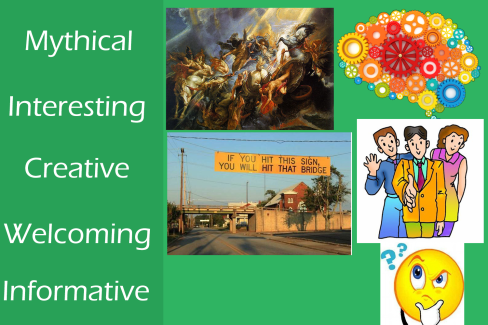
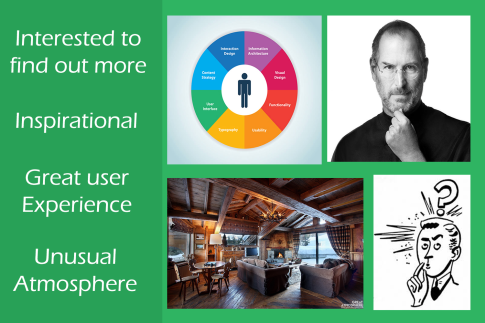


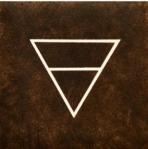
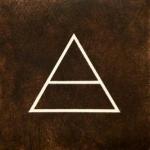

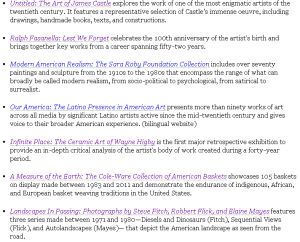 (pic-1)
(pic-1) 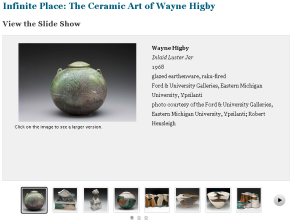 (pic-2)
(pic-2)